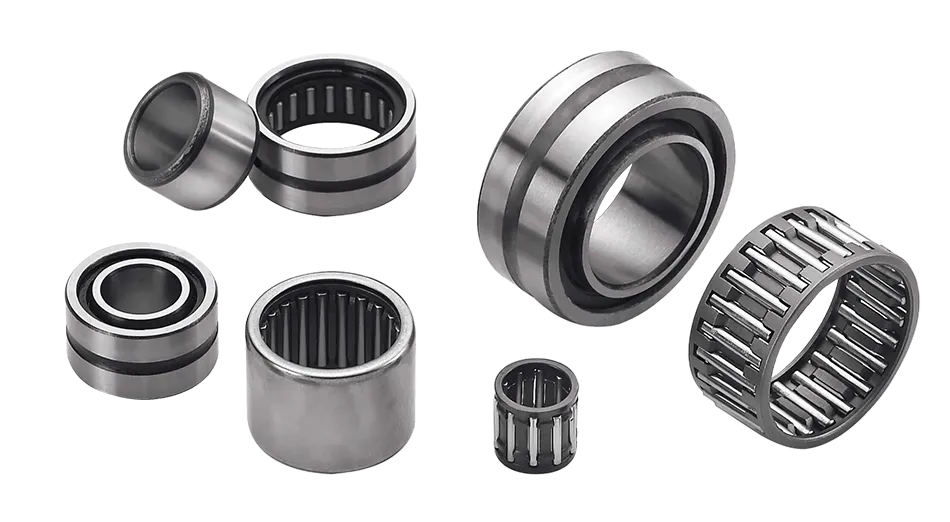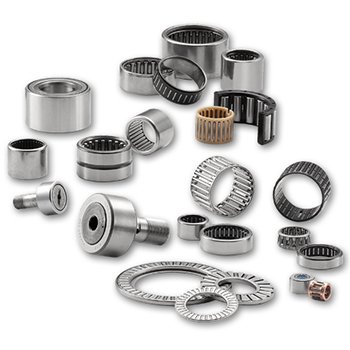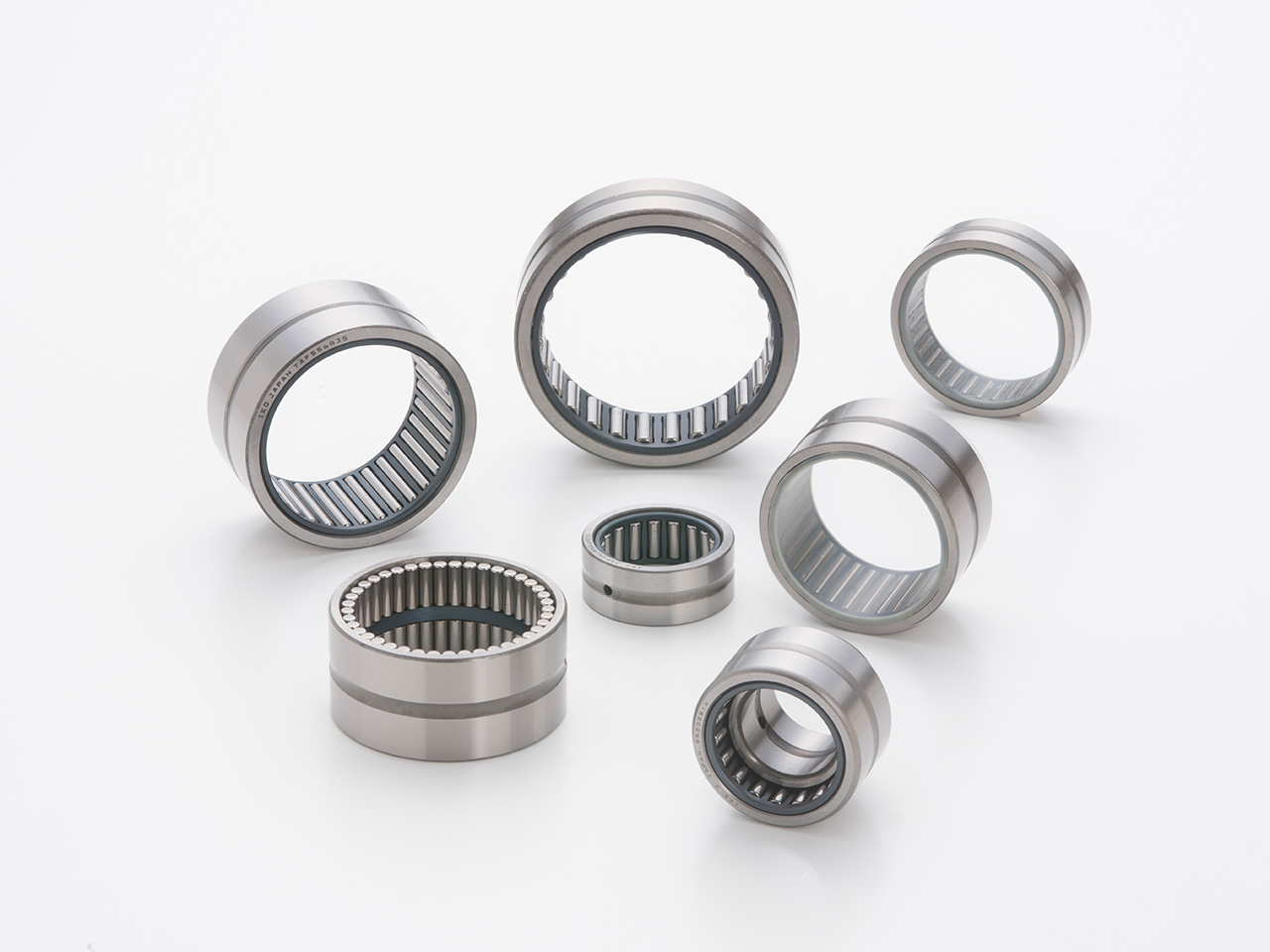Recent Advancements in Needle Bearing Technology
Recent years have witnessed significant advancements in needle bearing technology, driven by ongoing research, innovation, and the demand for improved performance in various industries. These advancements have focused on enhancing needle bearing design, materials, and manufacturing processes to meet evolving requirements. Here are some insights into the latest developments:
- Advanced Materials:
New materials and coatings are being developed to enhance the performance and durability of needle bearings. For instance, advanced ceramic materials are gaining popularity due to their high wear resistance, low friction, and ability to operate in extreme conditions.
- Enhanced Cage Designs:
Cage designs are evolving to minimize friction, reduce wear, and optimize roller guidance. Innovative cage shapes and materials contribute to smoother motion and extended bearing life.
- High-Speed Capabilities:
Advancements in needle bearing design and manufacturing have led to improved performance at high speeds. Bearings are now better equipped to handle the challenges of high-speed applications, such as centrifugal forces and heat generation.
- Lubrication and Sealing:
New lubrication techniques and sealing solutions are being developed to ensure efficient lubricant distribution and contamination prevention. These advancements contribute to longer bearing life and reduced maintenance requirements.
- Simulation and Modeling:
Computer-aided design (CAD) and simulation tools have enabled engineers to optimize needle bearing designs virtually before physical production. This approach accelerates development cycles and results in more reliable and efficient bearings.
- Nanotechnology:
Nanotechnology is being explored to create surfaces with tailored properties, such as improved hardness, reduced friction, and enhanced wear resistance. These surface modifications enhance the overall performance of needle bearings.
- Noise and Vibration Reduction:
Advancements in needle bearing technology are focused on reducing noise and vibration during operation. This is achieved through optimized designs, improved manufacturing techniques, and noise-dampening materials.
- IoT Integration:
The integration of sensors and IoT technology allows real-time monitoring of bearing conditions, enabling predictive maintenance and minimizing downtime.
- Sustainability:
Manufacturers are increasingly emphasizing environmentally friendly manufacturing processes and materials, contributing to more sustainable needle bearing solutions.
Overall, recent advancements in needle bearing technology are marked by a holistic approach to design, materials, and performance optimization. These innovations enable needle bearings to meet the evolving demands of various industries, enhance equipment efficiency, reduce maintenance costs, and contribute to the development of more sustainable and reliable machinery.
Contribution of Needle Bearings to Efficiency and Precision in Machining Equipment
Needle bearings play a vital role in enhancing the efficiency, precision, and overall performance of various types of machining equipment. These precision bearings are specifically designed to handle high radial loads, limited installation space, and provide smooth motion. Here’s how needle bearings contribute to the efficiency and precision of machining equipment:
- Reduced Friction:
Needle bearings feature closely spaced needle rollers that offer line contact with the raceways. This design minimizes friction, allowing machining equipment to operate smoothly with less energy loss and reduced heat generation.
- High Load Capacity:
In machining processes, equipment often experiences significant radial loads. Needle bearings’ ability to distribute these loads efficiently makes them suitable for applications where heavy cutting forces or tool pressures are involved.
- Compact Design:
The compact size of needle bearings allows machinery designers to optimize space utilization in tight installations. This is particularly valuable in machining equipment where a minimal footprint is essential for precise tool positioning and accurate workpiece processing.
- Accurate Positioning:
Needle bearings provide accurate and repeatable motion, ensuring precise positioning of cutting tools, workpieces, or components. This level of precision is crucial for achieving tight tolerances and high-quality finished products.
- Smooth Motion:
The geometry of needle rollers facilitates smooth rolling motion even under heavy loads. This characteristic ensures that machining equipment can move with precision, resulting in consistent and uniform cuts or operations.
- Vibration Damping:
Needle bearings’ design and load distribution help dampen vibrations generated during machining processes. Reduced vibration enhances the overall stability of the equipment and minimizes tool chatter, contributing to smoother surface finishes.
- Enhanced Tool Life:
By minimizing friction, reducing wear, and providing reliable load distribution, needle bearings contribute to extending the lifespan of cutting tools and equipment components. This leads to reduced downtime and maintenance costs.
- High-Speed Capabilities:
Many machining processes involve high rotational speeds. Needle bearings are designed to handle moderate to high speeds while maintaining accuracy, making them suitable for operations requiring rapid tool movement.
- Customization Options:
Needle bearings are available in various designs, including drawn cup, radial, and thrust configurations. This diversity allows equipment designers to select the most suitable bearing type for each specific application.
- Reliable Performance:
Needle bearings are engineered for durability and consistent performance, even in demanding machining environments. Their reliable operation contributes to minimizing unplanned downtime and maximizing productivity.
Overall, needle bearings enable machining equipment to achieve the required precision, accuracy, and efficiency necessary for producing high-quality components and products. Their ability to handle heavy loads, reduce friction, and provide smooth motion makes them an integral component in modern machining processes.
Applications and Industries Commonly Using Needle Bearings
Needle bearings, due to their unique design and advantageous characteristics, find applications in a wide range of industries and scenarios where compactness, high load capacity, and efficient motion are essential. Here are some typical applications and industries where needle bearings are commonly used:
- Automotive Industry:
Needle bearings are used in various automotive components, including engines, transmissions, drive shafts, and wheel hubs. They provide efficient load handling and precise motion, contributing to the performance and reliability of vehicles.
- Industrial Machinery:
Industrial machinery, such as machine tools, printing presses, textile machines, and conveyors, often rely on needle bearings for their ability to handle high radial loads while maintaining a compact size. These bearings are essential for smooth and accurate motion in industrial processes.
- Aerospace and Aviation:
In aerospace applications, where minimizing weight and space is critical, needle bearings are used in components like control systems, actuators, landing gear, and flight control surfaces. Their compact design and high load capacity make them suitable for various aircraft systems.
- Medical Equipment:
Needle bearings are used in medical devices and equipment, including surgical tools, imaging systems, and laboratory equipment. Their precise motion and compact size are essential for maintaining accuracy and efficiency in medical procedures.
- Consumer Electronics:
Devices such as printers, scanners, cameras, and optical instruments often incorporate needle bearings to achieve smooth and precise movement. These bearings contribute to the overall user experience by delivering accurate functionality.
- Power Tools:
Power tools like drills, grinders, and saws utilize needle bearings for their ability to withstand heavy loads and provide efficient motion. These bearings contribute to the durability and performance of the tools.
- Textile Industry:
In textile machinery, needle bearings play a crucial role in maintaining the precise movement required for processes such as weaving, spinning, and knitting. Their ability to handle high loads ensures reliable operation in demanding textile applications.
- Construction Equipment:
Construction machinery, including excavators, bulldozers, and cranes, use needle bearings to handle heavy loads and provide smooth motion in various mechanical components. These bearings contribute to the efficiency of construction operations.
- Robotics and Automation:
Needle bearings are essential in robotic systems and automation equipment, where compact size, high load capacity, and precise motion are necessary for efficient operation. They enable accurate movement and positioning in robotic applications.
- Marine Industry:
In marine environments, needle bearings are used in shipbuilding, offshore platforms, and marine equipment. Their ability to withstand harsh conditions and efficiently handle loads makes them valuable components in marine applications.
These examples demonstrate the versatility of needle bearings and their widespread use across various industries. Their ability to provide efficient load handling and precise motion in compact designs makes them a valuable solution in applications where performance, reliability, and space optimization are paramount.
editor by CX 2024-04-03




